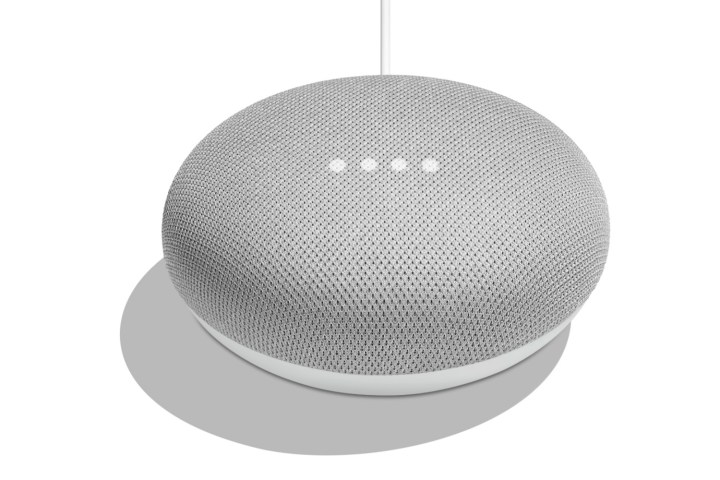Smart home technology is more seamless than it has ever been as widespread adoption of Zigbee and Z-Wave standards make it possible for devices to interact and communicate with one another. Now, according to Google, another protocol is on the way thanks to the combined efforts of all of the major players in the smart home industry.
Google is partnering with Amazon and Apple (along with others) to create Connected Home Over IP. This group aims to create a new connectivity standard based on Internet Protocol, or IP. Managed by the Zigbee Alliance, the Connected Home Over IP group is separate from existing Zigbee protocols.
A single protocol means development for smart devices will become easier.
The creation of a new connectivity protocol means several major changes from the world of smart home technology. One major change is an improvement in security and encryption across all devices. In light of the recent slew of security breaches and hacks in smart home devices, this is good news. Another hope is that a new protocol will enable more devices to communicate with one another without complicated go-betweens.
Google has contributed two open-source smart home technologies to assist in the development. Titled Weave and Thread, these work to streamline communication between devices. Thread is the networking technology currently used in Nest devices, while Weave is networking technology aimed at lower-power products, such as those that operate on Bluetooth.

The current standards
There are two primary standards for smart home communication: Zigbee and Z-Wave. While similar in nature, there are stark differences between the two that make it difficult for devices that operate on one to operate on another. Both Zigbee and Z-Wave are mesh networks, but Z-Wave has a more limited communication method. It can support up to four “hops” between a controller and a destination device, while Zigbee has no limit. Z-Wave is also limited to 232 total devices, while a Zigbee network can support (in theory) up to 65,000 devices.
Zigbee and Z-Wave require less power than Wi-Fi, and are also more limited than it. Most devices support more than one standard, and nearly every smart home device works on Wi-Fi. Zigbee uses the 2.4 GHz band to communicate, while Z-Wave uses the 908 MHz band.
What connected home over IP means for consumers
The Connected Home Over IP protocol is meant to be an open standard for current and new smart home devices. A single, unified standard means more cross-compatibility between devices without the need for intermediaries like If This, Then That (IFTTT) and similar programs.
On a more practical level, a new open protocol means that all new devices should, in theory, work with all smart assistants, like Amazon Echo, Google Home, and Siri. HomeKit users in particular are familiar with the severely limited number of devices that are compatible with the system, but Connected Home Over IP should allow HomeKit to become a contender on the same level as Google Home and Amazon Echo.
As mentioned above, this new protocol should help improve security across all devices thanks to input from each company. The partnership between Apple, Amazon, and Google means that each member can focus on what they do best. In Apple’s case, this is privacy. HomeKit has always stood out for the way it minimizes the amount of data accessible to anyone, including Apple, as well as the way it gives users tools to customize and safeguard their data.

Development made easy
Finally, a single protocol means development of smart devices will become easier. Developers will no longer need to consider specific access methods for Amazon Echo, Google Home, and Apple’s Siri. All three will use the same method. This will lower the threshold for entry for new developers and open the world of smart home technology to new and creative devices.
The news of this partnership is still recent and it may take time, even years, for it to bear fruit. That said, seeing the three major players in smart home technology partner up after years of rivalry bodes well for the future of the industry. Together, the three have the potential to solve many of the current problems that face the world of smart home technology and make it something that is in every household.



